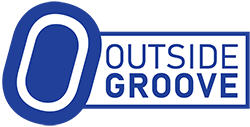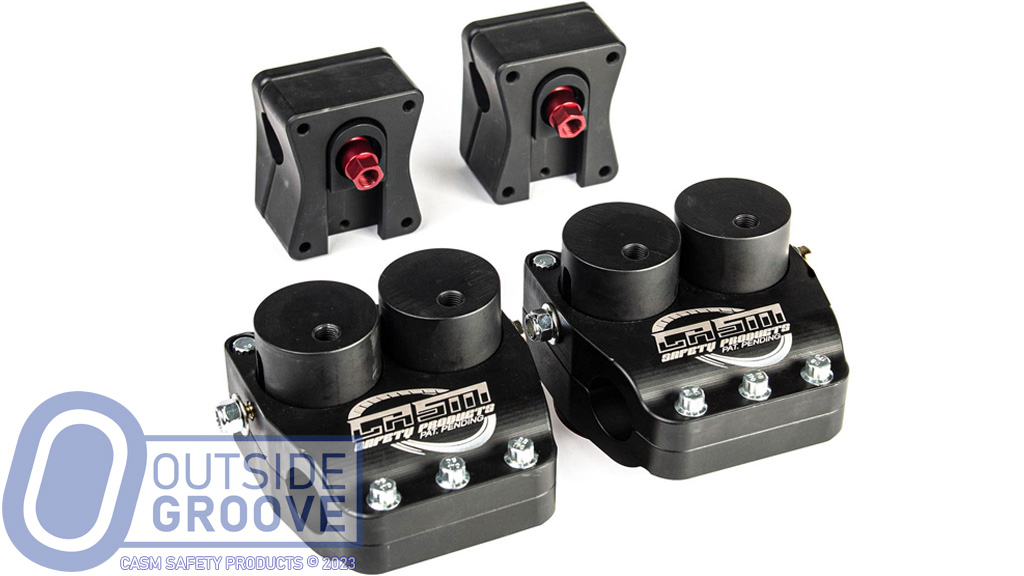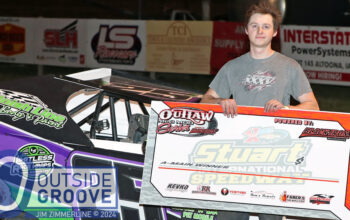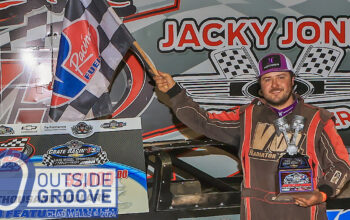Safety has come a long way in the last 20 years and the Compression Absorbing Seat Mount (CASM) may be the next step in that evolution. The impact of a car crashing hard on its wheels can wreak havoc on the driver’s spine. CASM absorbs the energy from that kind of impact to help prevent injury.
Former chassis builder and micro sprint racer Scott Coffman founded CASM Safety Products with noted engine builder Ron Shaver to create the patented device.
The system consists of two sets of clamps. The set on the bottom of the seat contains foam inserts to absorb energy from a crash or rough track. The set of slotted clamps on the upper back of the seat allows the seat to move up and down when energy compresses the foam inserts. To install the system, you can either weld it or use clamps to mount it to the chassis and seat.
“We hit the CASM with 6,000 N, and only 1,743 N were [transferred] to the driver,” Coffman said. “We took away approximately 68% to 69% of the impact. Only approximately 32% of the impact forces were transferred to the driver’s body.”
The foam pucks help take that load away from the racer. CASM Safety Products calculates the appropriate durometer pucks based on the weight of the driver, seat, and safety equipment. CASM can accommodate weights from 80–250 lb. In the event of a crash or the foam gets compressed 3/8″, racers must replace the foam inserts.
Some questioned that since the system moves, would the harness come loose.
“That won’t happen,” said Coffman. “Behind the seat is the slide system that travels up and down simultaneously with the compression of the foam in the pistons underneath the seat. The human brain cannot react as fast as the CASM.”
According to Coffman, with a load of 1400 N, the system compresses and rebounds in less than .005 seconds. In testing, the body compresses further into the seat, leaving a larger gap between the body and harness, than when using CASM.
The racing community has started to adopt the CASM system.
“Three years ago, the first year we offered CASM, we picked up 30 to 40 drivers,” Coffman said. “[We] repeated that in the second year. This year, there has been a 400% increase in orders.”
While Coffman claims CASM helps with driver fatigue, especially on rough tracks, the biggest selling point of the system is saving racer’s spines. Former NASCAR Cup Series driver and current sprint car racer Kasey Kahne became a big proponent CASM after a bad wreck.
“The next day [after the wreck, Kasey] called to tell me CASM is the best safety product he has ever had in his car,” said Coffman. “He bought six more systems.”
Other safety experts, such as The Joie of Seating’s Randy LaJoie, have become fans of CASM, too.
“The CASM system is the best safety thing to come along since the head-and-neck restraint,” LaJoie said. “I am a fan of CASM — it is something the industry needs. It should prevent a lot of issues with drivers receiving back injuries. It will not only help in sprint car, midget, and micro sprint crashes, but it will help drivers in late models when they bicycle and come down hard. Nothing good happens when all the load is on the spine.”
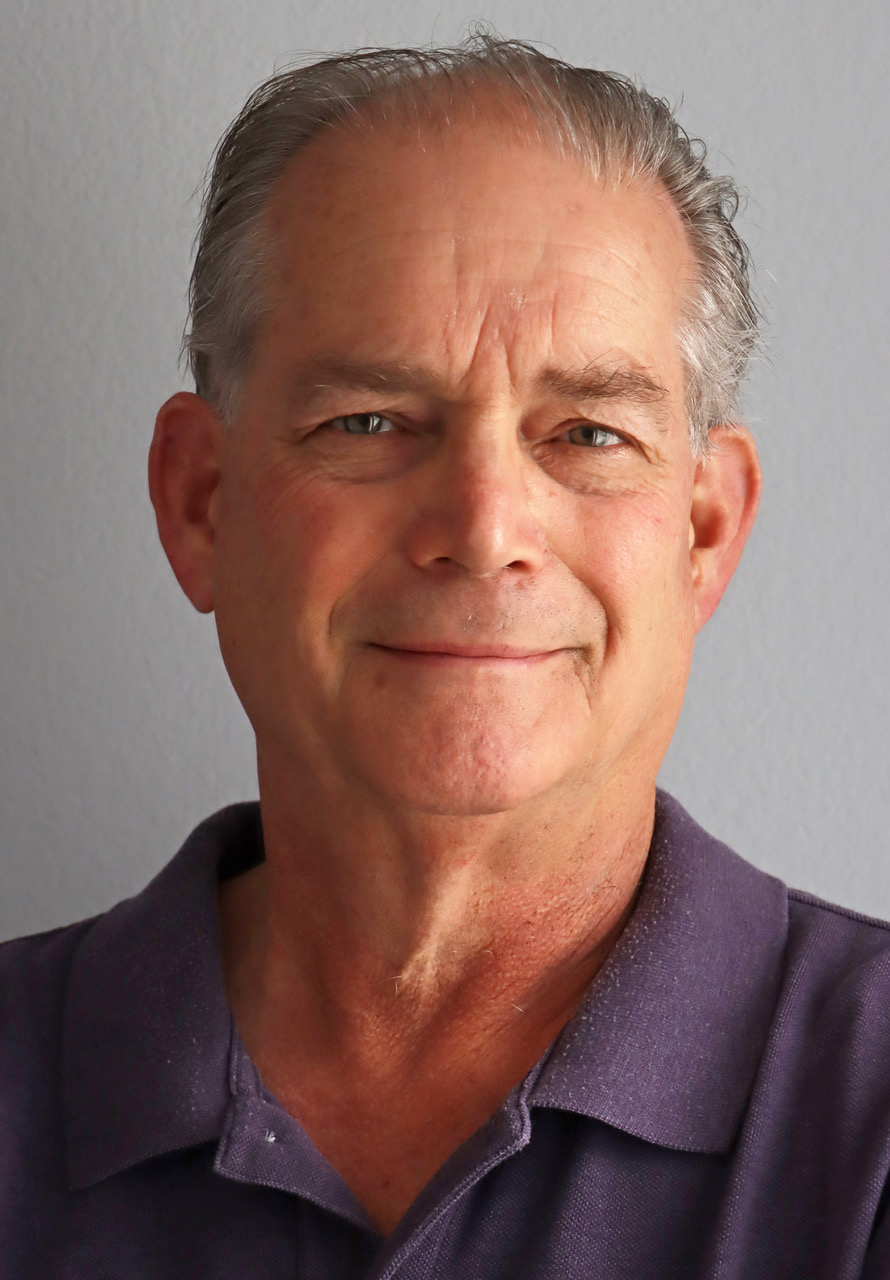
The Outside Groove Director of Photography has written hundreds of stories since the website’s inception. This year marks his 54th year of covering auto racing. Adaskaveg got his start working for track photographer Lloyd Burnham at Connecticut’s Stafford Motor Speedway in 1970. Since then, he’s been a columnist, writer, and photographer, in racing and in mainstream media, for several outlets, including the Journal Inquirer, Boston Herald, Stock Car Racing, and Speedway Illustrated. Among Adaskaveg’s many awards are the 1992 Eastern Motorsport Press Association (EMPA) Ace Lane Photographer of the Year and the 2019 National Motorsports Press Association (NMPA) George Cunningham Writer of the Year.
